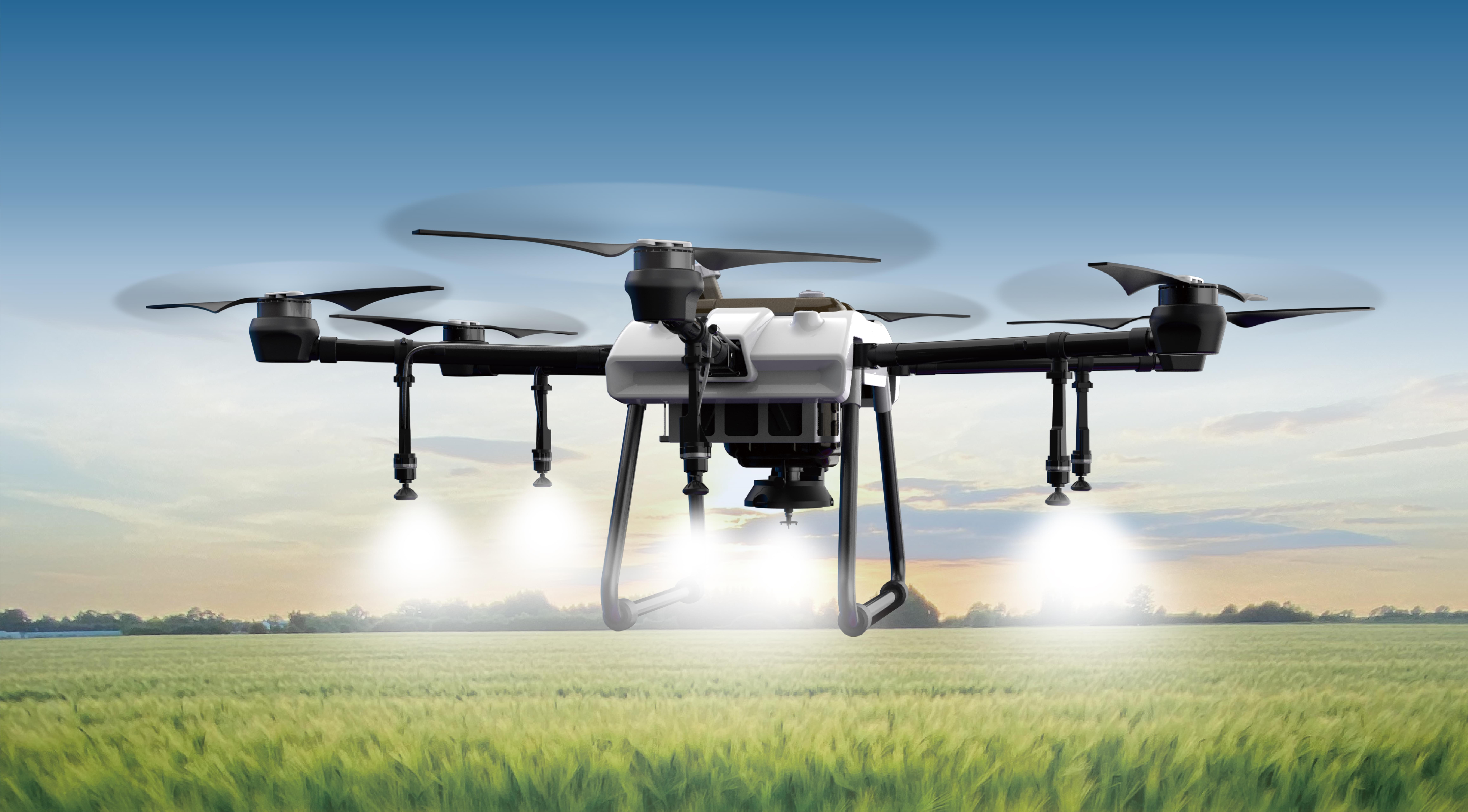part 1:
Imagine a world where machines respond seamlessly to your commands, adjusting their movements with pinpoint accuracy — from robotic arms assembling intricate gadgets to drones navigating complex terrains. At the beating heart of many of these awe-inspiring applications lies a humble yet powerful component: the servo motor. Particularly when paired with AVR microcontrollers, servo motors unlock a universe of precise control that transforms ideas into reality.

What is a Servo Motor?
At its core, a servo motor is a rotary actuator capable of precise control of angular position, velocity, and acceleration. Unlike simple DC motors that spin freely when powered, servo motors are equipped with built-in feedback systems, enabling them to hold a position or move to a defined angle with remarkable accuracy.
Think of a servo motor as the muscle behind your robotic project—it gets your commands and responds swiftly and accurately. This responsiveness makes servo motors central to robotics, remote-controlled vehicles, camera automation, CNC machinery, and even art installations that demand delicate movements.
The Role of AVR Microcontrollers
AVR microcontrollers, developed by Atmel (now part of Microchip Technology), are renowned for their simplicity, efficiency, and versatility. These tiny computing powerhouses are perfect partners for controlling servo motors. They interpret signals, process feedback, and send PWM (Pulse Width Modulation) signals that dictate the servo's position.
With their robust digital I/O capabilities, timers, and communication modules, AVR microcontrollers can manage multiple servos simultaneously, orchestrating complex motions that would impress even seasoned engineers.
Diving Into Servo Motor Types
While all servo motors serve the fundamental purpose of precise motion, the way they achieve this varies significantly. Understanding the different types is essential for selecting the right motor for your project.
DC Servo Motors
These are simple, cost-effective servo motors that use a DC motor combined with a gear train, potentiometer (as feedback device), and an operational amplifier. The feedback mechanism compares the motor's current position with the desired position and adjusts accordingly.
Advantages: Affordability, ease of control, decent torque.
Limitations: Less precise at high speeds, limited lifespan if overused, requires regular calibration.
AC Servo Motors
Typically larger and more powerful, AC servo motors are designed for industrial applications. They are often found in CNC machines and manufacturing robots.
Advantages: High efficiency, excellent at controlling high torque, durable.
Limitations: More complex circuitry, higher cost, generally not suitable for hobbyist projects.
Brushless DC Servo Motors (BLDC)
These are advanced and highly efficient motors with electronic commutation. They require sophisticated controllers to manage their commutation sequences but provide superior performance and longevity.
Advantages: High efficiency, low maintenance, excellent controllability.
Limitations: More complex control systems, higher initial cost.
Coreless and Slotless Servo Motors
These variants are designed to offer quick response and minimal inertia. Common in high-performance robotics and drone applications.
Advantages: Fast response times, precise control.
Limitations: Usually more expensive, limited torque at high speeds.
Which Servo Motor Type Fits Your Needs?
Choosing the right servo motor for your project depends on several factors: the required precision, torque, speed, size constraints, and budget. For hobbyist robotics, DC servo motors are often the go-to choice because of their simplicity and affordability. Meanwhile, industrial applications might call for more advanced BLDC or AC servo motors to meet demanding specifications.
How AVR Microcontrollers Bring Servo Motors to Life
Integrating a servo motor with an AVR microcontroller involves generating precise PWM signals—typically at a frequency of around 50Hz—with pulse widths ranging from 1ms to 2ms. This PWM signal tells the servo what position to move to.
Here's a quick peek into how this process unfolds:
The user or program sets a desired angle. The AVR microcontroller translates this angle into an appropriate pulse width. The PWM module in the AVR generates a signal with this pulse width. The servo's internal feedback system adjusts the motor to reach and hold the position.
This loop continues, allowing for dynamic, real-time control. Whether you're building a robotic arm to pick and place objects or designing a camera gimbal for stable shots, understanding the synergy between servo motor types and AVR control logic is key.
Advantages of Using Servo Motors with AVR Microcontrollers
Precision: Fine control over position and speed. Automation: Enables complex, repeatable movements. Simplicity: Most AVR microcontrollers have dedicated PWM hardware, simplifying implementation. expandability: Multiple servos can be controlled simultaneously with proper synchronization.
Looking Ahead
In the next installment, we’ll delve deeper into selecting the best servo motor type for your project, explore real-world applications, and offer practical tips for integration and troubleshooting. Whether you're a hobbyist eager to build a robotic marvel or a professional designing industrial equipment, understanding the variety of servo motor types and how to control them opens endless possibilities.
Leveraging innovations in modular drive technology, Kpower integrates high-performance motors, precision reducers, and multi-protocol control systems to provide efficient and customized smart drive system solutions.




































